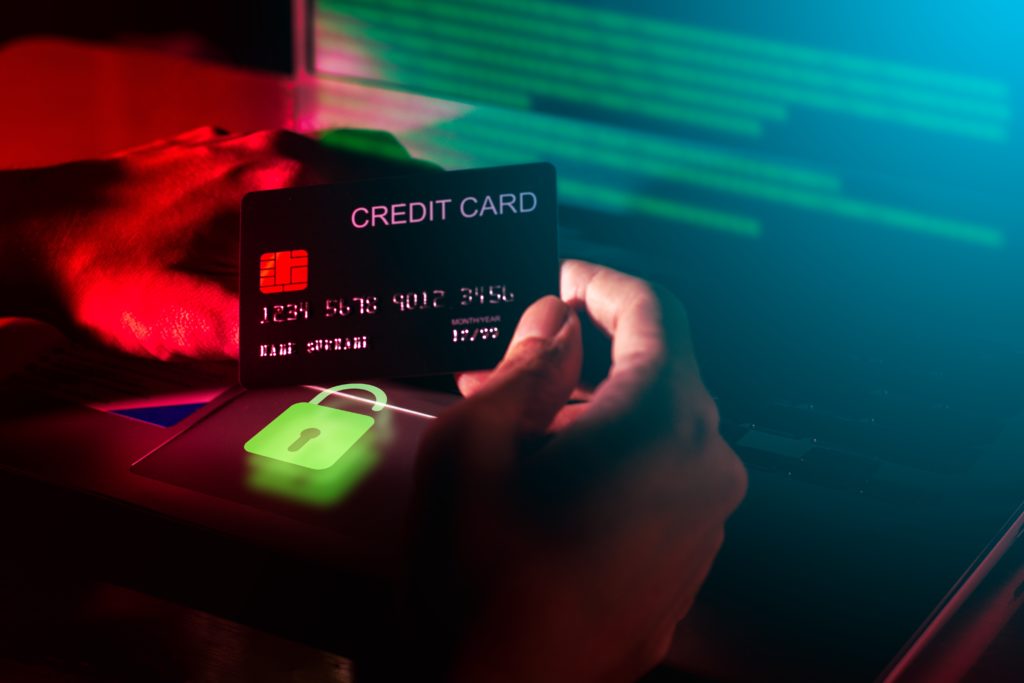Websites are vulnerable to hackers. They can steal credit card numbers, deface websites, and even delete files. In fact, according to Forbes, website hacking costs businesses $1 billion per year.
Websites get hacked every day. It happens because hackers are always looking for new targets. They find vulnerable websites and try to steal information or even deface them.
There are many reasons why websites get hacked. These reasons include poor security practices, weak passwords, and a lack of proper backups.
It doesn’t matter how great your product is or how many customers you’ve got – if your site gets hacked, you lose everything. And since most small businesses don’t have the budget to hire someone full-time to protect their sites, they spend thousands of dollars each month just trying to stay safe.
That’s why we’re here to help. This article will share the top tips to keep your website safe from hackers. These tips and tricks will save you hundreds of dollars monthly and ensure your site stays secure.

Keep Passwords Secure
Hacking is when someone breaks into your computer system and steals information. Hacking is illegal and should be treated as such. But hacking isn’t just limited to stealing data; it can also include damaging your website through malicious software (malware).
If you’re not careful, hackers can steal your passwords, credit card numbers, bank account details, etc., and use them to commit fraud online. They can also install malware onto your computer, which may cause damage to your computer or slow down its performance.
Another critical step is changing your passwords frequently, which helps prevent hackers from accessing your sensitive information. To avoid stealing your passwords, use unique passwords for each site, and remember to log off after you’ve finished accessing your accounts.
Additionally, back up your files regularly. Backups are essential because they allow you to restore your website quickly if anything goes wrong. Make sure you store backups securely offline, preferably in a safe deposit box.
Install Security Software
Another common type of hacking involves breaking into a network through a security hole. This happens when a hacker uses software to break into a server or database. Once inside, the hacker can steal data, delete files, change passwords, or shut down systems.
To protect yourself from hackers, install security software on your computer. There are many different types of security software available. Some programs scan websites for viruses, others monitor email messages, and others prevent spam emails from reaching your inbox.
Security software is not foolproof; however, it does help reduce the risk of being hacked. So be careful when surfing the web, especially when visiting unfamiliar sites. Be aware of who you’re talking to online, and never give out personal information over the phone or via email unless you trust them.
If you suspect your computer may have been compromised, contact your ISP (Internet Service Provider) and ask them to reset your password. They should be able to do this quickly and easily. Then call your bank or credit card company to inform them that your account was accessed fraudulently.
Also, keep your operating system updated with the latest patches and updates. And be sure to use strong passwords for all accounts. Don’t reuse passwords across multiple services. Use unique passwords for each site. Also, consider setting up two-factor authentication for additional protection.
Read more here: 5 Essential Elements Every Website Needs
Protect Against Phishing Attacks
If you’re not careful, hackers may be able to steal your identity and use your financial information to commit fraud. They may even sell this stolen information online, making it available to anyone who wants it.
The most common form of hacking involves phishing attacks. These are emails sent to unsuspecting users that appear to come from legitimate companies. The email contains a link that takes the user to a fake site designed to trick them into giving away their login credentials.
Phishing attacks are incredibly effective at stealing login credentials. So, to protect yourself from these hacks, never give out your username and password over the phone or via email unless you initiated the contact. Instead, log in to websites directly through your browser.
Another type of hack is called social engineering. Social engineers pretend to be someone else, usually a friend or family member, to gain access to your computer. They often send messages pretending to be from banks, utility companies, or government agencies.
Social engineering is tough to prevent, but there are some things you can do to minimize the risk. First, keep the software updated. Second, install security updates promptly. Third, avoid clicking on suspicious links or attachments. Fourth, change your passwords regularly. And finally, keep your operating systems patched and secure.

Make Sure Your Site Has An SSL Certificate
SSL stands for Secure Sockets Layer, and it encrypts data between your browser and your server. Without an SSL certificate, anyone who visits your site can view your login credentials, credit card numbers, and other sensitive information.
To prevent this from happening, you need to purchase an SSL certificate. Many different types of certificates are available, including free ones, paid ones, and self-signed ones. Self-signed certificates are free, but most browsers don’t trust them. They’re helpful for testing purposes only.
The best type of certificate for your needs depends on whether you plan to use your site for personal or commercial reasons. If you plan to sell products online, you should go with a paid certificate. Otherwise, you can get away with a free self-signed certificate.
When shopping for a certificate, there are two main things to consider: price and features. Prices vary widely depending on the type of certificate you’re looking at. Free certificates typically come with fewer features than paid certificates. Paid certificates often include additional security features, such as anti-phishing protection, email notifications, password recovery tools, and more.
Many companies offer SSL certificates, including Comodo, Symantec, GoDaddy, Google, and others.
Be Vigilant About Spamming
Spammers are malicious individuals who use automated programs to send spam messages to unsuspecting email users. They’re often hired by businesses to send out thousands of emails promoting their products or services.
The problem with spammers is that they tend to be very persistent and relentless. So when you discover that your website has been hacked, it’s essential to take immediate action to prevent further damage.
First, contact your web hosting provider and ask them to shut down the offending IP address. Then, log onto your site and remove any suspicious files or folders. Finally, change your passwords and security settings. This should stop future attacks.
If you’ve already had your website hacked, you may need to hire a professional hacker to clean up the mess. But before hiring anyone, make sure you understand exactly what happened and what steps you need to take to prevent it from happening again.
Block Cookies
To protect your site from hackers, block cookies. Cookies are small pieces of code stored on your computer that identify your browser. Without them, your web browser would have no idea who you are.
Cookies track user behavior, keep users logged in, remember preferences, and store items in shopping carts. However, some malicious cookies can be used to steal login credentials, access private files, or install malware. To prevent this, turn off cookies in your browser settings.
When you visit a website, your browser sends a request to the server asking for content. The server responds with the requested content, including cookies. Then your browser stores those cookies locally on your computer.
The next time you visit the same website, your browser sends another request to the server asking again for content. But because your browser already knows the cookie value, it doesn’t need to send that information along with the request. So the server only needs to respond once, saving bandwidth and processing power.
This saves a lot of time and energy, but it does mean that anyone who hacks your computer can now access your cookies. And that means they can log into your account, change your password, or delete important documents.
Monitor Web Traffic
Monitoring web traffic means checking who visits your site and where they come from. This helps you identify suspicious activity and take action quickly.
Monitor your site’s traffic patterns. Are there sudden spikes in traffic? Do you notice unusual activity? Is your server being accessed remotely? These are signs that someone may be trying to hack your site.
There are several tools available to help you monitor web traffic. One popular tool is Google Analytics. Another option is Piwik, which is free and open source. Both are very powerful and effective at monitoring web traffic.

If you have a website, you should always take security seriously. There are many ways hackers can attack your site, but here are a few basic steps you can take to protect yourself against online threats. First, check your passwords regularly. Second, use strong passwords, including numbers, letters, and special characters. Third, never share personal information like credit card numbers over email. Finally, install anti-virus software on your computer. These small precautions will go a long way toward keeping your site safe.
Go here for more information: 7 Tips to Protect your Website from Hackers


